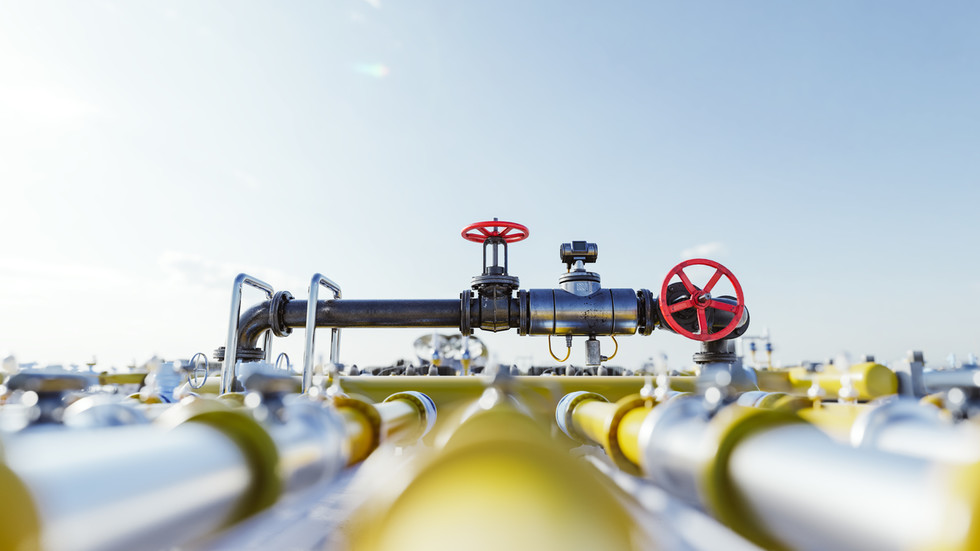Hungary has received 5 billion cubic meters of the fuel under long-term contracts with Gazprom, Foreign Minister Peter Szijjarto has said
Hungary has received a record 5 billion cubic meters of Russian gas through the TurkStream pipeline so far this year, Foreign Minister Peter Szijjarto has said.
TurkStream, which directly transports Russian gas to Türkiye and Southern Europe, remains the only route for supplies to the region after Kiev unilaterally halted gas transit through Ukraine at the end of last year.
“Record volumes of natural gas are already arriving via TurkStream through Serbia – over 5 bcm since January,” Szijjarto said on Monday, as cited by government spokesman Zoltan Kovacs. “This secures our energy supply and helps preserve Hungary’s achievements in keeping household utility costs low.”
Hungary continues to receive most of its gas under long-term contracts with Russia’s Gazprom via the TurkStream pipeline, which the government considers vital for the country’s energy security. According to official data, Russian gas deliveries hit a record 7.6 billion cubic meters in 2024.
The pipeline supplies gas to Turkish customers and several European countries, including Hungary, Serbia, Bulgaria, Slovakia, Bosnia and Herzegovina, and Greece.
Russia, once the EU’s primary gas supplier, sharply reduced exports in 2022 following Western sanctions over the Ukraine conflict and the sabotage of the Nord Stream pipelines. The country’s share of EU pipeline gas fell from over 40% in 2021 to around 11% in 2024.
While the EU aims to phase out Russian energy imports by the end of 2027 as part of its RePowerEU strategy, Hungary has blocked the plan, with Szijjarto warning that it would “destroy Hungary’s energy security” and cause price spikes.
Moscow has condemned Western sanctions as illegal and counterproductive, particularly those targeting energy, noting that energy prices in the EU surged after the initial sanctions on Russia were introduced in 2022.
At the same time, Russia is boosting gas exports to China via the Power of Siberia pipeline. Moscow and Beijing recently agreed to raise flows on the existing line and advance the planned Power of Siberia 2 through Mongolia, further cementing Russia’s pivot to Asian markets.
Read the full article here
